BRIGHTON, United Kingdom — Have you ever wondered how animals perceive the colorful world around them? Scientists have long been fascinated by this question, and now, thanks to new research, we’re closer to understanding the colorful universe through the eyes of animals. A groundbreaking video camera is allowing people to replicate how various animals see the world.
The camera system, boasting over 92 percent accuracy, allows filmmakers to accurately depict colors as different animals see them. This technological advancement is not only beneficial for filmmakers but also provides scientists with a valuable tool to understand animal communication and navigation more effectively.
Animals experience the world differently from humans, thanks to their unique photoreceptors – the cells in the eye that respond to light. These photoreceptors can detect a range of colors from ultraviolet to infrared, far beyond human capability. Animals can even see polarized light, which is invisible to us. This diversity means each animal has its distinct way of perceiving color. However, there’s a catch. Our eyes and even the most advanced cameras can’t capture this vast spectrum of light. That’s where the new research comes in.
Scientists developed a cutting-edge tool that lets us see colors as various animals do, especially when they move. Movement can change the way colors look, and until now, this dynamic aspect of animal vision has been a mystery
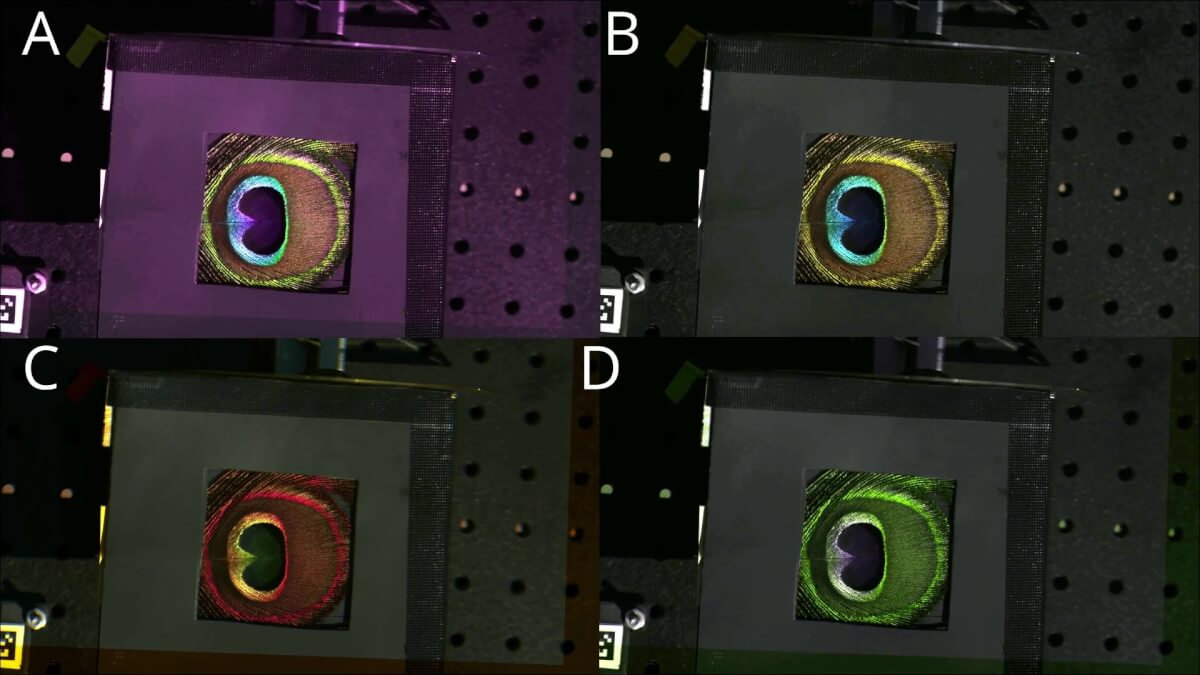
The Challenge of Capturing Animal Colors
Traditionally, researchers relied on spectrophotometry to study animal vision, a method that is often time-consuming, requires specific lighting conditions, and is unable to capture moving images. In response to these limitations, a team led by the University of Sussex developed this innovative camera and software system, capable of recording animal-view videos (see clip at end of article).
The team then turned to multispectral photography, which captures images in different wavelength ranges, including ultraviolet and infrared. This method provides richer spatial details but still falls short in capturing the movement and temporal changes in color.
To address these limitations, researchers are now combining multispectral imaging with 3D digital modeling. This innovative approach lets them animate and study these 3D models under various simulated conditions, providing insights into how animal postures and viewpoints affect color perception.
A Revolutionary Camera System
The unique camera functions by recording videos across four color channels: blue, green, red, and ultraviolet (UV). These recordings are then processed to create videos that accurately represent how animals perceive these colors, based on our current understanding of their eye photoreceptors. The captured data is then transformed into a format that reflects how specific animals perceive these colors.
To do this, the research team designed an easy-to-use pipeline combining existing multispectral photography methods with their new hardware and software. The system uses a beam splitter to separate ultraviolet from visible light, directing these to two different cameras. The recorded footage is then processed to match the color perception of specific animals, like honeybees or UV-sensitive birds.
This method is not only groundbreaking in its scientific precision but also practical. It uses commercially available cameras and 3D-printed housing, making it accessible for wider research use. The team has ensured that all components of their system are open source, inviting further improvements and adaptations.
“We’ve long been fascinated by how animals see the world. Modern techniques in sensory ecology allow us to infer how static scenes might appear to an animal; however, animals often make crucial decisions on moving targets (e.g., detecting food items, evaluating a potential mate’s display, etc.),” says Assistant Professor Daniel Hanley from George Mason University in Virginia, in a media release. “Here, we introduce hardware and software tools for ecologists and filmmakers that can capture and display animal-perceived colors in motion.”
This approach marks a significant leap forward, as it captures the full complexity of visual signals in their natural context, with all the nuances of movement and varying light conditions.
“Many animals, including bees, birds and even mammals like reindeer and mice can perceive ultraviolet light. Indeed, the lack of UV-sensitivity in humans is more of an exception than the rule. At the other end of the visible light spectrum, human eyes have receptors that are sensitive to red while many animals – including bees, mice and dogs – are just as blind to red as we are to ultraviolet light,” Hanley writes in a post published on The Conversation. “Even when it comes to blues and greens, colors perceived across the animal kingdom, the precise wavelength of the light an animal would experience as “pure blue” or “pure green” is specific to the species. As a result, no two species see the world in the same colors.”
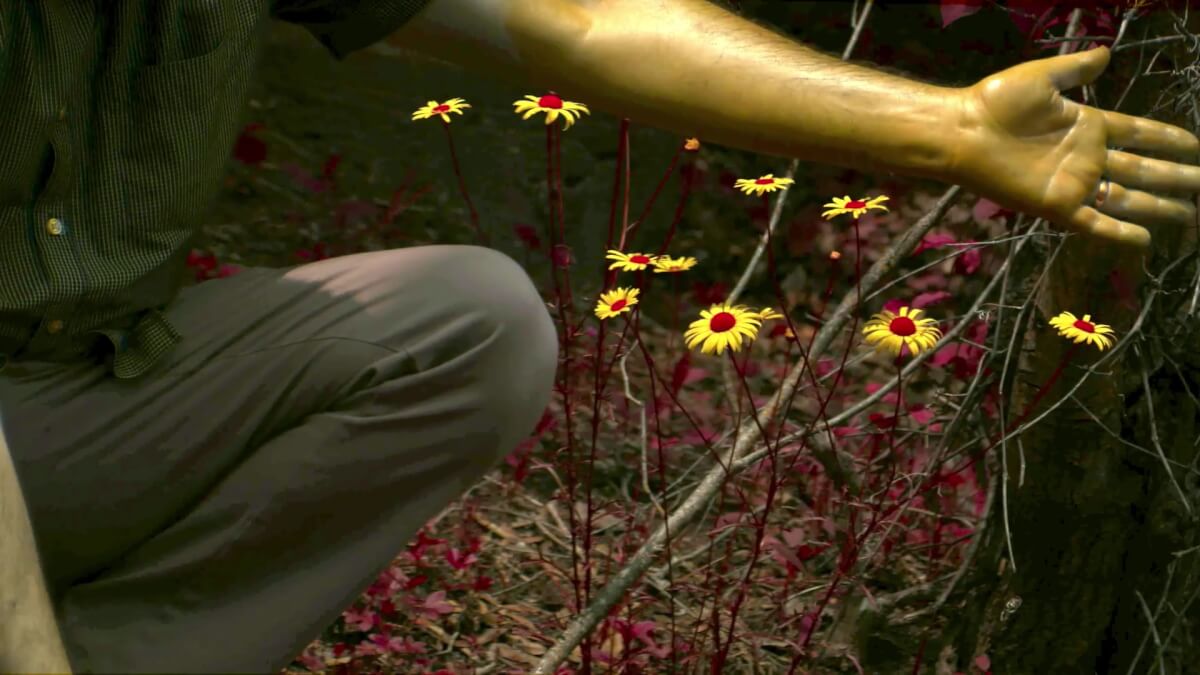
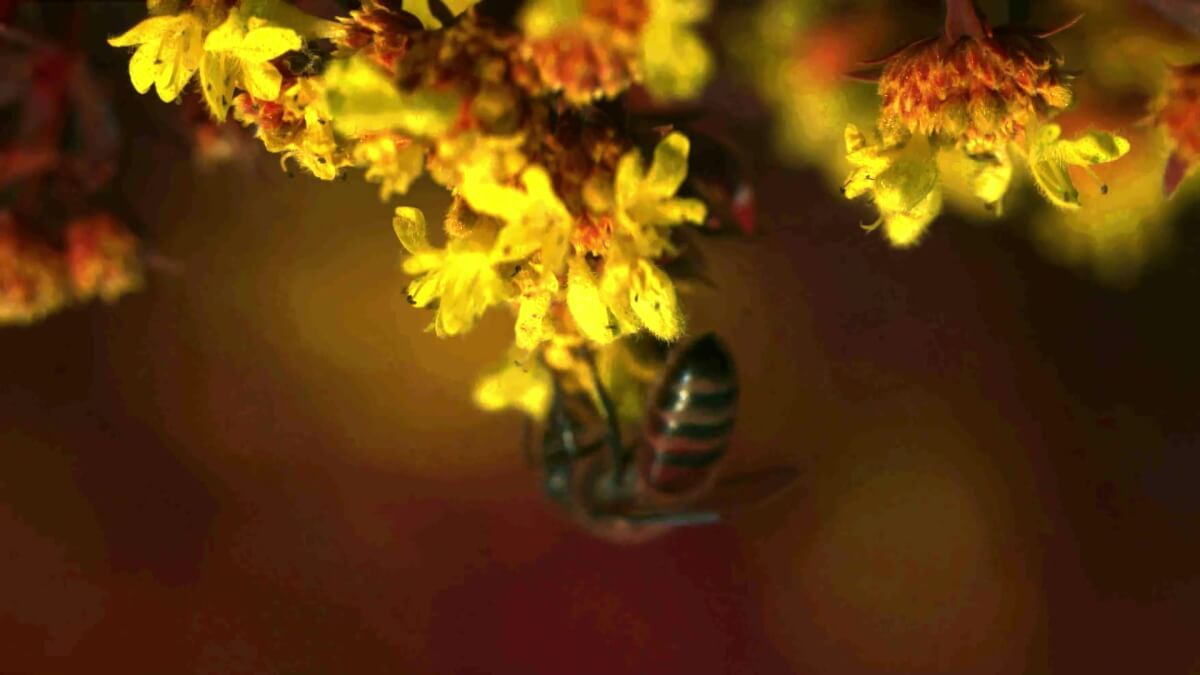
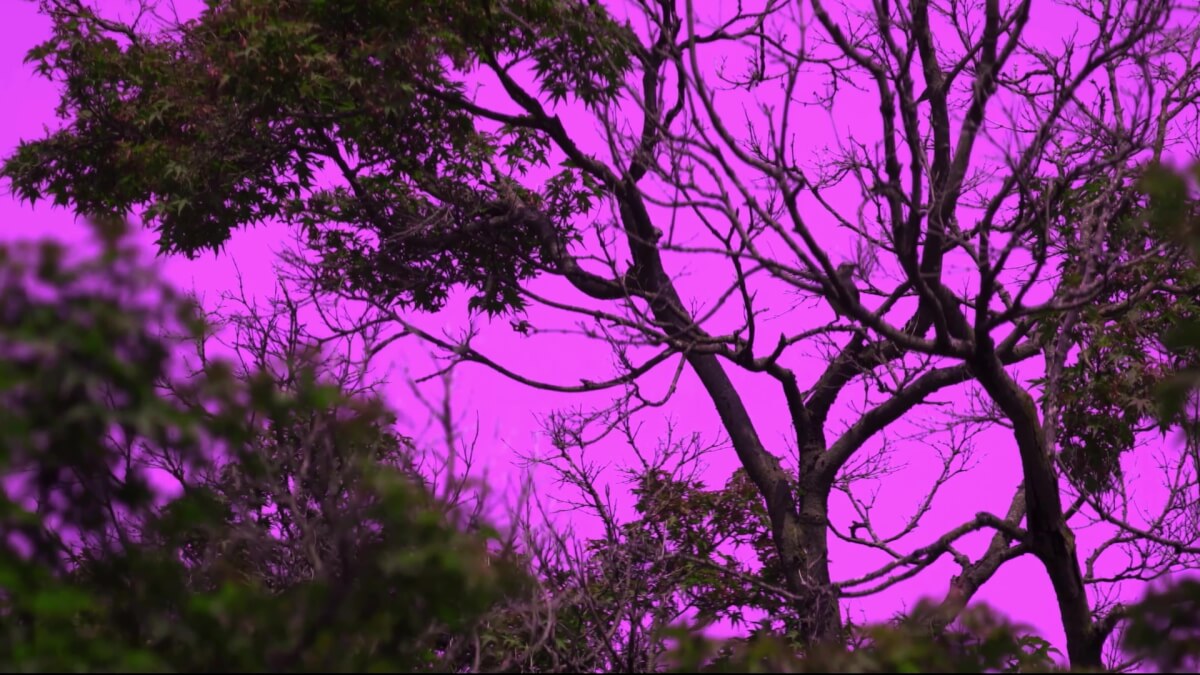
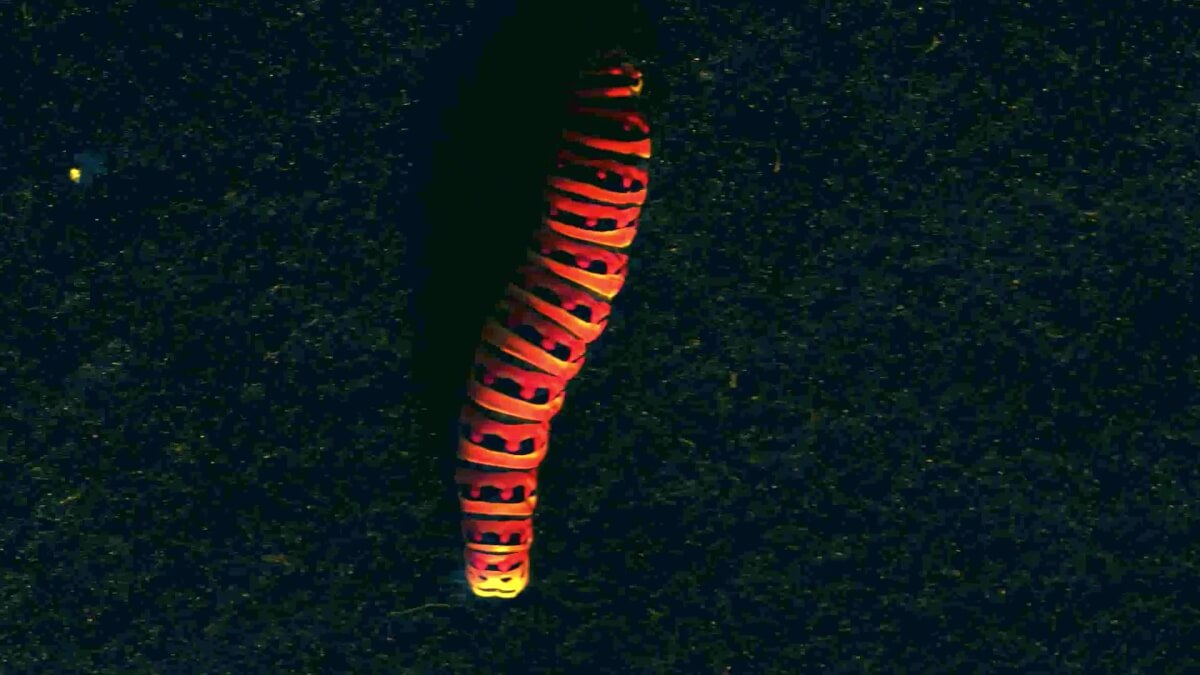
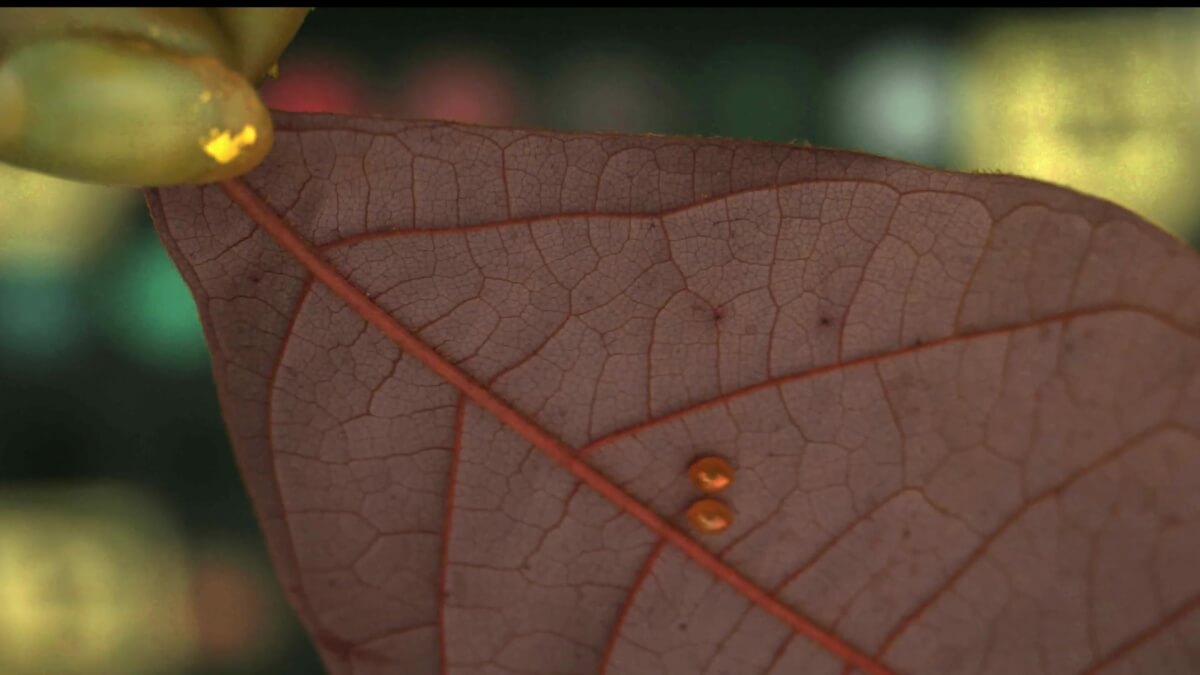
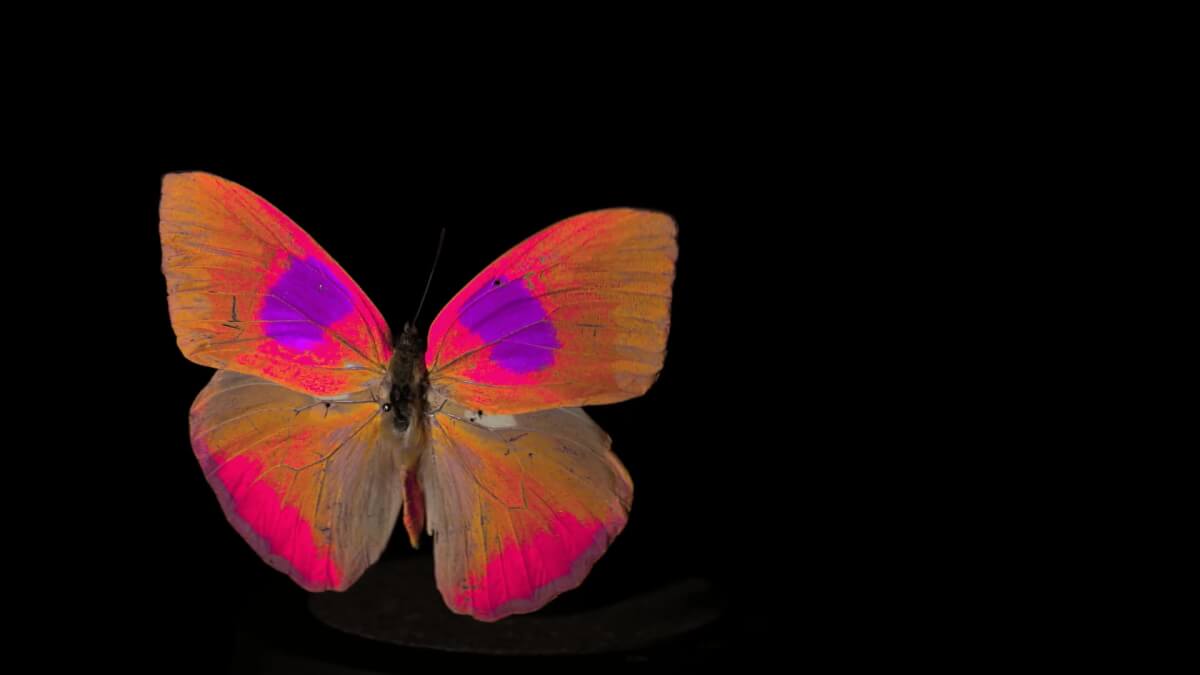
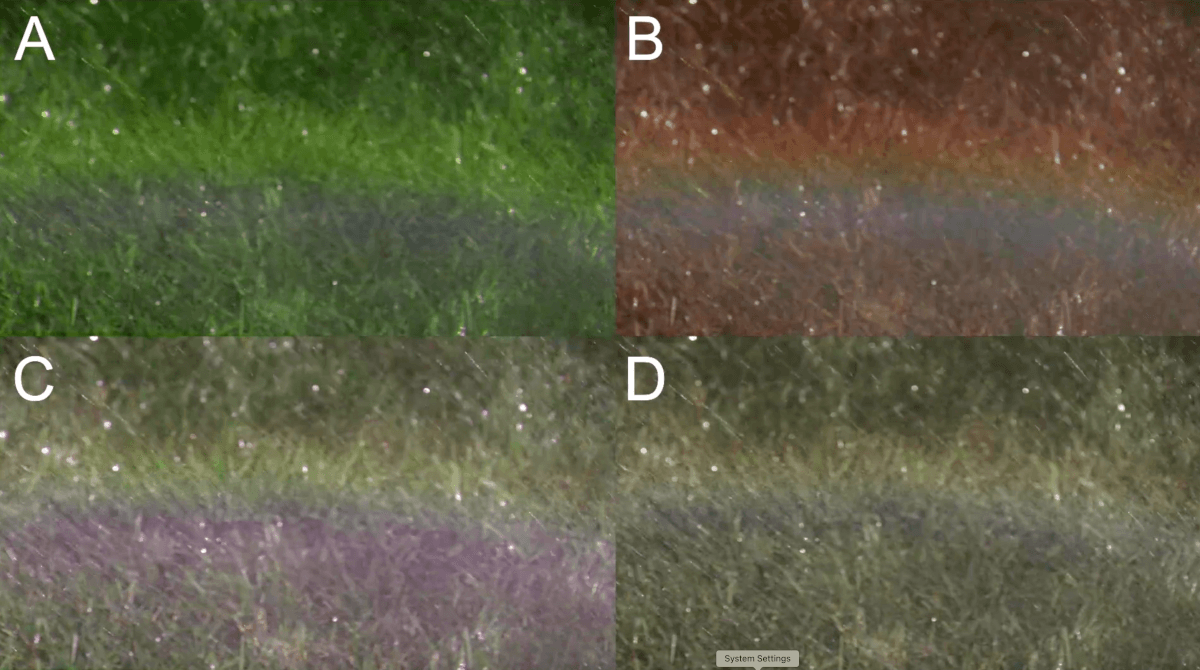
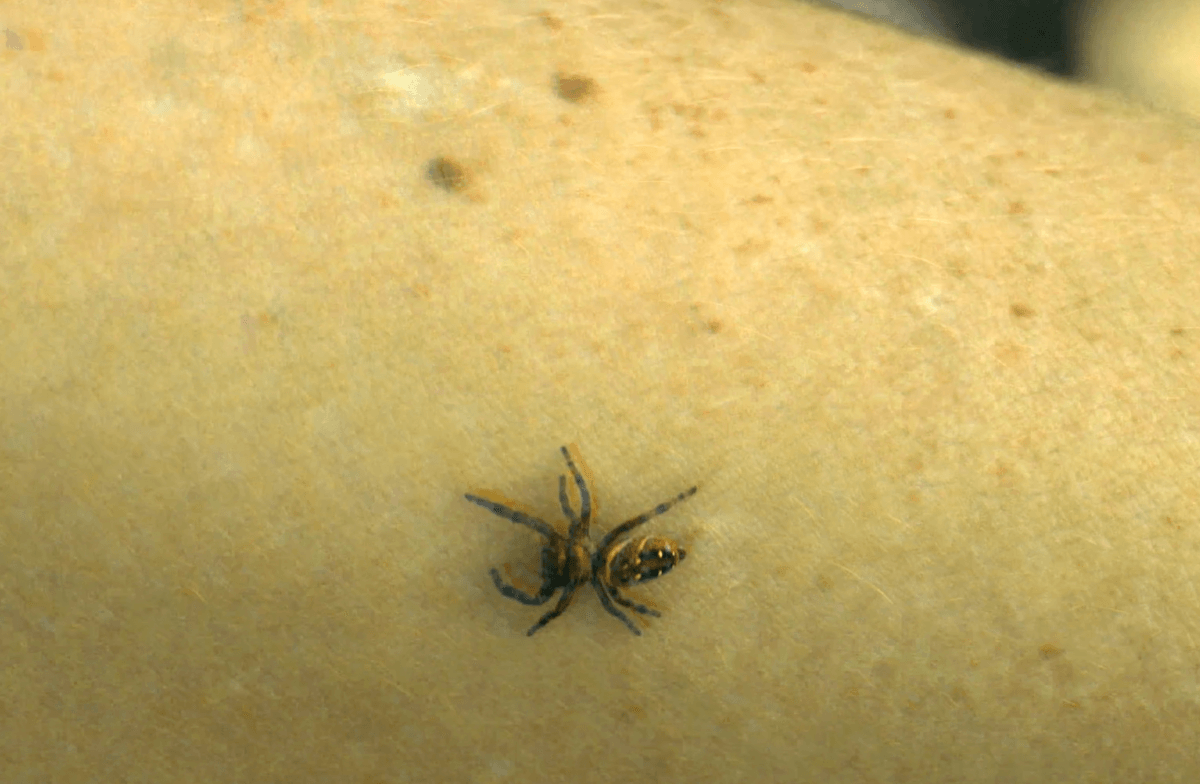
Implications and Future Directions
This advancement opens up numerous possibilities for researchers. Now, they can study how animals perceive dynamic visual signals in their natural habitats, a crucial aspect of understanding animal behavior and communication.
For instance, researchers can now capture rapid changes in color signals in real-world settings, like a leaf fluttering in the wind or a bird moving through undergrowth. This was previously impossible with static imaging techniques.
This new tool promises to revolutionize our understanding of sensory ecology. By revealing the unseen world of animal vision, as shared in the video below, scientists can explore new frontiers in the study of animal behavior, communication, and evolution. The research paper on the study is published in PLoS Biology.

Try it yourself
“We have made all codes necessary for implementing the video conversions and the plans of the camera system freely available online, along with our best attempt to explain how to build the camera from scratch,” writes Hanley on The Conversation. “Our goal is for other researchers to build their own cameras and to use them to answer their own questions about how other species see the world. There are so many possibilities.”
South West News Service writer Isobel Williams contributed to this report.
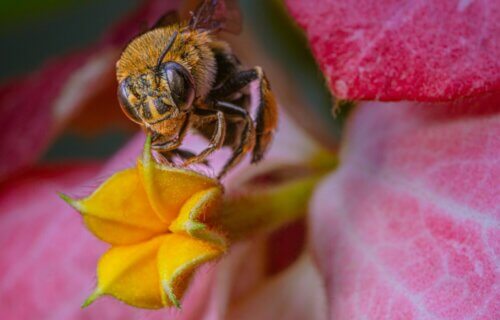
DT’s case:
Better than being a another nameless idiot who believes anything I kind of say because they know as little as I do, yet glorify me because I found a way to look rich and become president by just being as shallow as a headline and dedicated to say enough crazy things that will never happen in order to get to the end of this speech, hear their applause and get their dedicated To whoever they want to believe I am, votes. Besides it doesn’t really matter what I say, my supporters will make whatever I say right or excusable or understandable. Was just telling the hoe I was with last night, how I could shit on them And they’d say, He considers us all America’s most beautiful flowers and he was just fertilizing his garden. LOL IDIOTS …got to lov’em. They’re the low hanging fruit for the new Reps, ironically produced by the programs that the Dems introduced over the decades to distribute wealth more equally.
You’re an idiot.
DTS MUCH????? I love how you let him live in your head
It would be nice to know how rattlesnakes view the world, in daylight and at night. Years ago, I discovered that rattlesnakes are very mild mannered when they do not feel threatened. I have kept them as pets. Two of my rattlers are night predators, they prefer to hunt in total darkness, which makes it challenging to feed them. (whenever possible, I use frozen food rather than live food) I also realized that I need to turn on the lights when approaching their terrariums at night to avoid scaring them, as they rattle until the lights go on and they recognize me as not an enemy. (hint: never approach a rattlesnake, they may strike in self defense)
Proper credit did not include Vera Vasas at the University of Sussex, UK.